Chiang Mai is a city filled with temples. As you explore the Old City you can’t walk more than a few feet without seeing one and they are all well worth your time as a traveler. But one of northern Thailand’s most sacred temples, the one that crowns the Doi Suthep mountain on the western outskirts of Chiang Mai, is definitely something that shouldn’t be missed. Planning a trip up the mountain to see the temple is a fairly easy endeavour from Chiang Mai and there are various ways to do it. No matter which option you choose, the views from the temple and the beauty of the surrounding area make for a worthwhile day trip from the city. Read on to find out more Wat Phra That Doi Suthep, getting there, and what to expect when you arrive.
Highlights of Wat Doi Suthep Temple
It’s no secret that Chiang Mai is home to many temples, which you may have seen several of on a visit to the Northern Thai city. But even if you’ve had your fill of temples (or think you’ve seen them all), planning a trip to see Wat Doi Suthep is worth your time, even if just for the photo-worthy views.
In addition to those aforementioned views, the golden, gleaming temple itself is highlight, but don’t rush your visit. There’s something beautiful to see at every turn.
Wat Phra That Doi Suthep temple also houses a meditation center, where both locals and visitors can learn and practice meditation.
Perched high on Mount Doi Suthep is Wat Phra That Doi Suthep, a magnificent Buddhist temple draped in gold, also known as Doi Suthep Temple, the holiest temple in northern Thailand and one of the most sacred temples in Chiang Mai Province. Wat means temple in Thai.
Wat Phra That Doi Suthep is a popular destination, attracting tourists and pilgrims every day. Its popularity is well deserved, and the temple complex is so vast that you won’t mind sharing the experience. In fact, the panoramic view from the top of the mountain over the city and the land below is so breathtaking that you may not even notice the crowds.
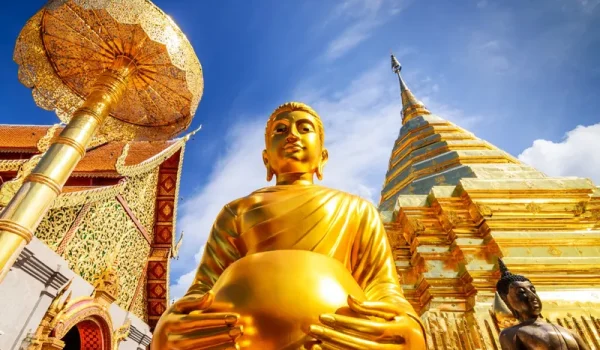
Jump to Tiltles.
On Top of Wat Doi Suthep Temple
To reach the top of Wat Doi Suthep Temple, you must climb the 306 elegant steps of the Naga Staircase. There is also a funicular cable car to take you to the top, and the fare is 20 baht. Nagas are dragon-like deities in Hindu and Buddhist mythology, and these sacred serpents run the length of the staircase, guarding the gates to the entrance. Although they may seem daunting at first, the foliage-covered steps and their guardians are truly one of the highlights of the visit.
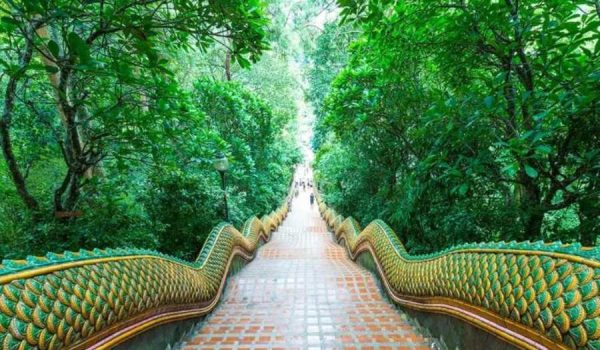
When you reach the top, you will be rewarded with golden pagodas, shrines, bells, statues, holy Buddha relics and a golden chedi, one of the temple’s holiest structures. A legendary white elephant statue sits near the top of the Naga stairs. This is no ordinary elephant – it commemorates the sacred white elephant that carried the relics of the Buddha himself to the top of Doi Suthep mountain, trumpeted three times and then lay down to rest.
There are numerous areas on the temple grounds to pay respect to the shrines, kneel in prayer, and receive blessings with offerings and incense. Elder monks offer blessings to those who wish to receive them in one of the two prayer rooms that are open to the public.
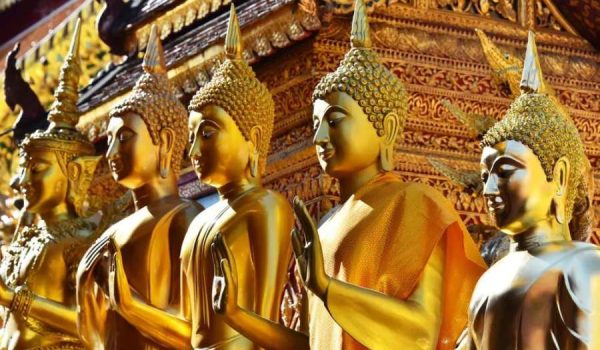
The centerpiece of the experience for many visitors is the view from the summit. The view of Chiang Mai over the edge of the mountain shows the countryside spread out into the horizon, Chiang Mai city in perfect miniature, glittering at sunset like stars on earth.
What to Expect
Plan to spend at least a couple of hours exploring the temple and surrounding area and if you have more time, there’s the option to hike various trails and swim in waterfalls in the national park that is home to the temple. Entrance to the temple costs 30 THB per person (cable elevator 20 THB per person) and as you’re planning your trip, remember that dress needs to be respectable, meaning modest and shoulders and knees should be covered. If you forget, wraps are available if needed. You’ll also need to remove your shoes upon entering the temple.
Something else to remember is that Wat Phra That Doi Suthep can get very busy, so if you can, try to time your visit for as early as possible during the day. Otherwise, a day trip to the temple makes for a refreshing and culturally interesting day (or half-day) excursion from Chiang Mai.
How to get to Wat Doi Suthep Temple
There are several ways to get yourself up Doi Suthep to see Wat Phra That Doi Suthep, including renting a car, a motorbike or scooter if you’re an experienced rider, hiking, getting a ride in a red songthaew (red trucks that act as shared taxis all over Chiang Mai), hiring a songthaew for the duration of your trip, or by doing a guided tour.
Driving: If you decide to drive yourself (either via car or motorbike), you’ll be taking the 1004 (also called Huay Kaew Road) towards the Chiang Mai Zoo and passing Maya Mall en route. The route is a straight one, but the road itself has some curves, so anyone with minimal motorbike or scooter experience should consider alternate transportation. But if you have your international drivers licence and feel comfortable riding, this is a good DIY option up the mountain. Drive until the road finally widens and you see the crowds and flags in the trees.
Guided Tours : Discover this famous Doi Suthep Temple and its history with one of our local guides.
Taking a songthaew: One of the most popular ways to get to the Wat Phra That Doi Suthep is via the many red songthaews that ply the streets of Chiang Mai. If you want to take one to the temple, they leave from Huay Kaew Road near the Zoo, costing 40 baht per person each way. Normally drivers wait for eight to 10 passengers before leaving.
You can also charter songthaews from anywhere in the city, which is a good option if you are traveling with a group. This should cost 300 THB for one way (as many people as you can fit), or 500 THB if you want the driver to wait at the top and bring you back down after visiting the temple.
Hiking: Anyone in the mood for some exercise can opt to hike up to the temple, via Suthep Road, past Chiang Mai University to find the start of the hike. When you see a green area, you’ll notice some billboards and a sign reading “Nature Hike”. Turn right onto this narrow road, go straight for about 100 meters then take the first (and only) left. Follow the road to the trail head.
Once you get to the base of the temple, you have two options for getting up to it. You can walk up the 306 steps if you’re feeling energetic, or you can take funicular-style cable car, which runs from 6.00 am – 6.00 pm. The fee is 20 THB for Thais and 50 THB for foreigners.
At The Entrance of Doi Suthep Temple
Once you’re up the mountain (via whatever method you’ve chosen), you’ll see a large cluster of souvenir stands and stalls selling food and drinks before you head up to the temple. Grab a snack if you’re hungry, and then it’s time to climb the 306-step staircase (or take the funicular). The staircase is flanked by beautiful jeweled naga (ornate serpents) and as you walk, the majestic staircase is a great spot to take pictures.
The terrace at the top of the steps is where you’ll find a statue of the white elephant that (as legend has it) carried the Buddha relic to its resting place on the temple grounds. This is also where you’ll find various other shrines and monuments to explore. The temple is split into outer and inner terraces and steps lead to the inner terrace where there is a walkway around the golden Chedi (shrine) enshrining the relic. The grounds are lush and peaceful and there are many spots for good photo ops or just simple quiet contemplation.
The Story of the White Elephant

It is very difficult to know exactly when Phra That Doi Suthep was built, but legend says it was founded in 1383.
According to one of the legends, King Kuena of Chiang Mai chose a lucky White Elephant to transport an important relic of the Lord Buddha to its proper place. During a religious ceremony in which they placed the relic on the elephant’s back and made a vow, the king let the animal run free.
The elephant climbed to the west side of Suthep Mountain and stopped at the top of the mountain where there is a pagoda containing Buddha’s relic. As soon as the elephant finished its work of finding the right place for the sacred relic, it died. The pagoda and the holy relic still stand today.
This monument was erected to remind future generations of the White Elephant and the story of what happened.
Doi Suthep Temple at Night
Near By Places
Bhubing Palace
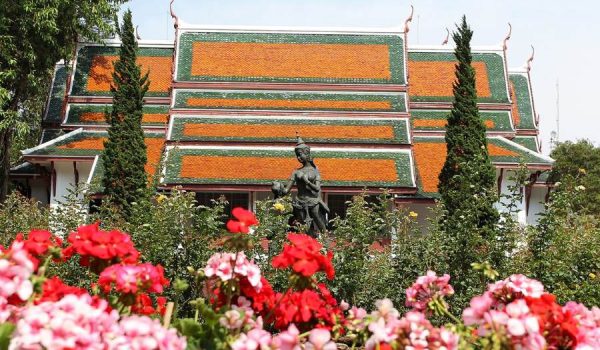
Bhubing Palace is the royal winter residence in Chiang Mai. The royal family stays there when they visit Chiang Mai, and it is only about 6 km from Wat Doi Suthep. To enter the palace, there is an entrance fee of 50 baht. You must be dressed appropriately, cover your shoulders and wear pants before entering the site.
There are several buildings here. The teak pavilion, the fern garden, the log cabin where the royal princess lives seasonally, and a two-story royal guest house are the main seasonal buildings. The gardens contain many flowers, including roses, and are well landscaped, manicured, clean and peaceful. Each building has its own sign indicating its purpose. It takes about an hour and a half to explore them.
Near by other temples
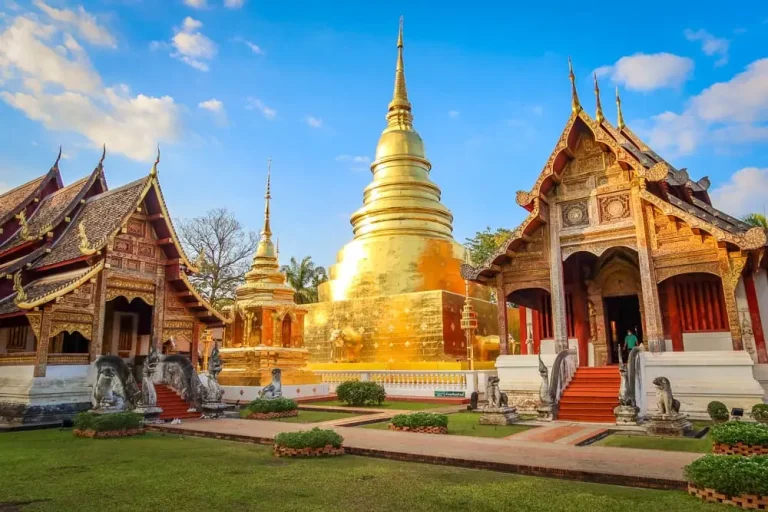
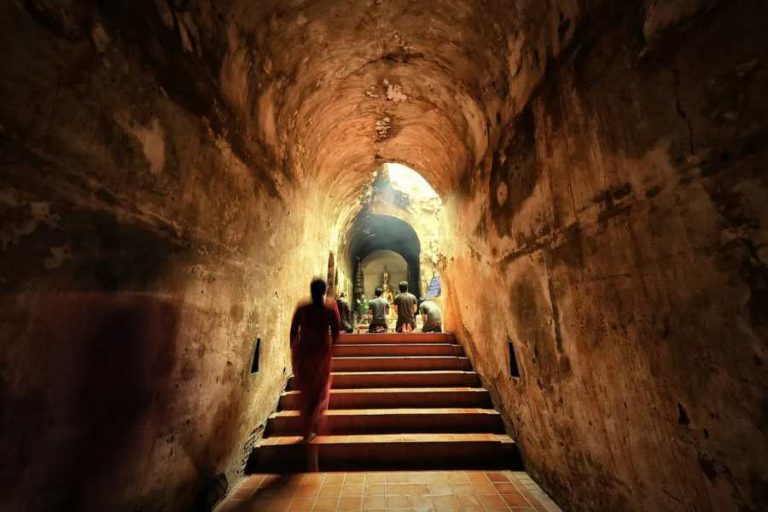
Facebook : voyon.co
Cr. www.bonvoyagethailand.com
Cr. www.tripsavvy.com
Cr. www.tripadvisor.com
Cr. www.tourismthailand.org

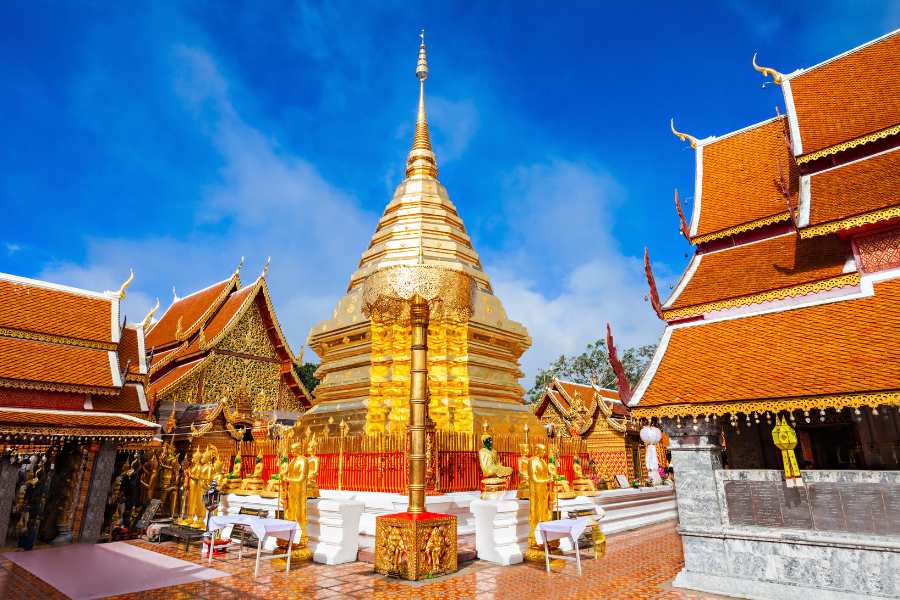
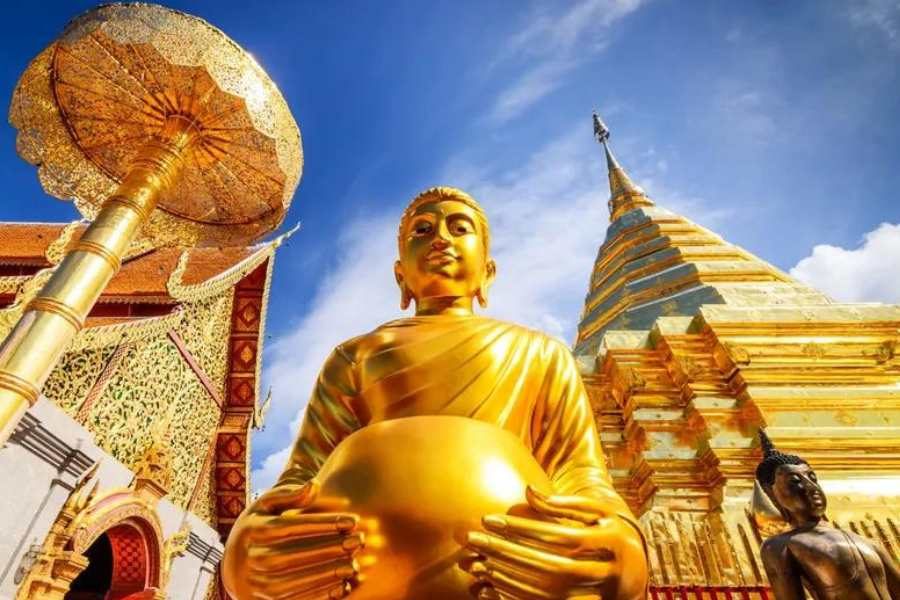
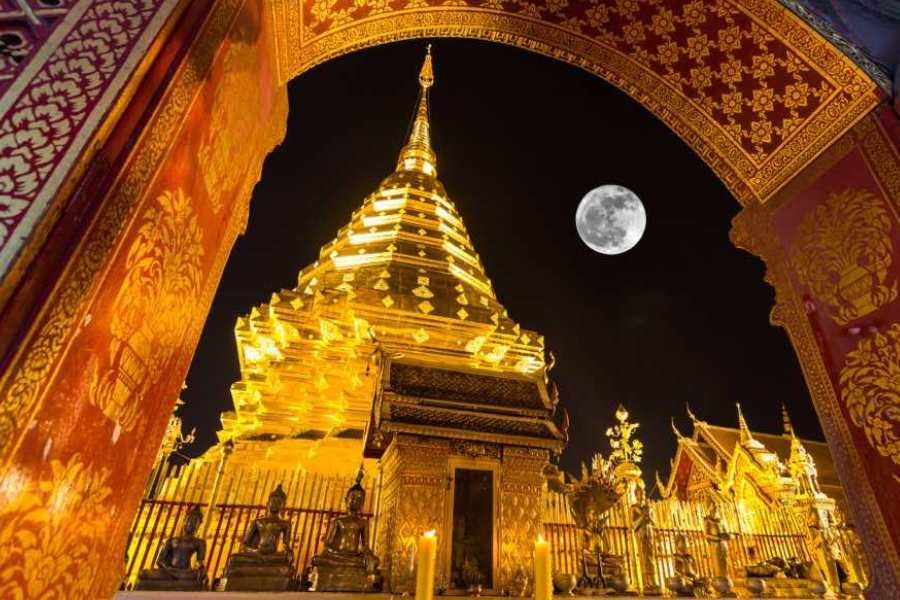
0 Comment